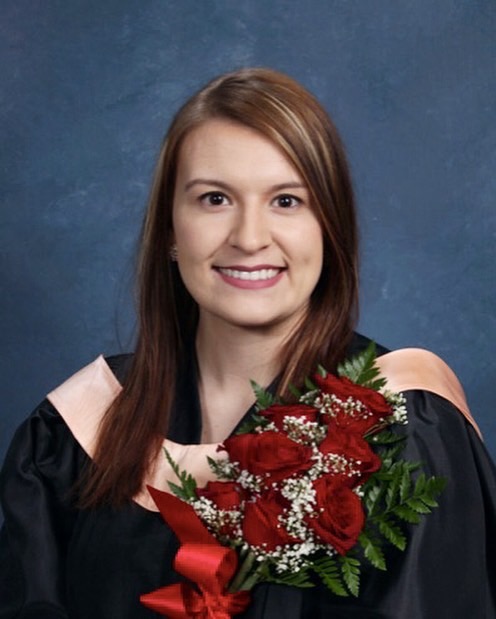
Recent Rehab Med grad Samantha Ash (MSc OT '18) completed one of her work placements at Alberta Health as part of her Master of Science in Occupational Therapy degree.
A recent grad of the Faculty of Rehabilitation Medicine, Samantha Ash (MSc OT '18), got the opportunity to peek behind the curtain on how the government shapes public policy, and how occupational therapists can contribute to that, during the final fieldwork placement of her Master of Science in Occupational Therapy degree.
Ash was able to complete a work placement within Alberta Health with preceptor and fellow University of Alberta alumna Shannon Berg, executive director, Primary and Community Health (BSc OT '82). This is the second time that Dr. Berg, an occupational therapist and adjunct assistant professor in the Department of Occupational Therapy, has mentored a student in this non-clinical, government setting.
"I've always been interested in the role of government and the systemic perspective-it does directly impact our practice," said Ash. "Once I got there, it was interesting from the first day!"
Alberta Health had a student project that Ash could work on, and she took on a policy analyst role with an occupational therapy (OT) lens.
"It was a unique experience in that I was able to use [OT] theories and models, but had to adjust them to a government setting. Client-centred practice at a government level looks at what meets the needs of the majority of clients.
"Shannon helped me figure out ways to show OT strengths within the team. It was a unique way of thinking of applying OT values and challenged me to think outside of the box: What is our role [as OTs] and how do we apply that from a one-on-one setting to 'a population'," explained Ash.
For example, using an occupation-informed approach to creating and delivering health policy could mean first defining a population using a strength-based model instead of the more common deficit perspective, and then looking at policies and programs based on the strengths of the group.
"Or, it could mean viewing the patient at the centre, and then looking at the physical environment, cognitively, the social environment, culture, leisure, self-care or productivity."
Her daily tasks included creating briefing notes and attending team meetings about program development. She also had the opportunity to work with the data analytics group, and share with them how occupational therapy approaches information.
"In clinical practice, you think of tick boxes. I'd never thought about it other than having good information about the client, but the information that we collect in practice is sometimes then used to inform government policy.
It was a great opportunity to see that 'other' perspective," said Ash.
She said she received a seven-week perspective on how people in policy make decisions and how she, as an OT, can contribute significantly to and benefit from those discussions and decisions.
"It was eye opening to see what works. This has given me an opportunity to be helpful in [policy creation] and I'm so happy that I got to see that."
-----
Open your door to current University of Alberta Faculty of Rehabilitation Medicine students by hosting clinical placements at your private practice, rehabilitation centre, health facility, hospital or school. Our students are not limited to accepting clinical placements in Alberta alone, and we're always looking for more national and international placement sites for U of A students.
Learn more about clinical educator workshops, appointments, awards.